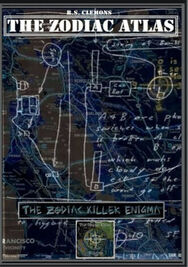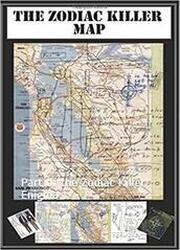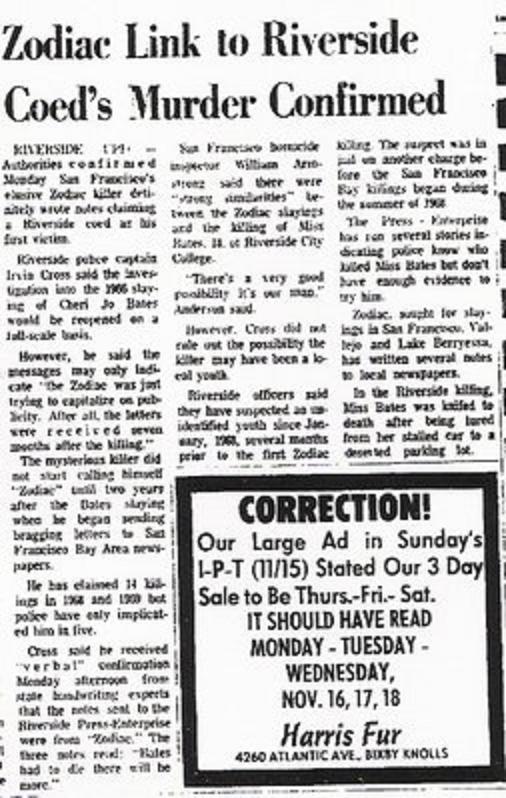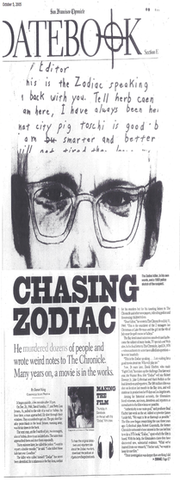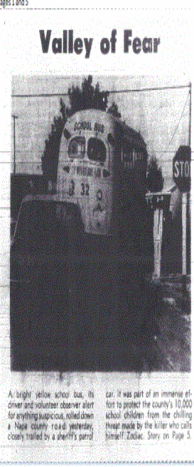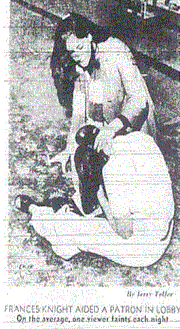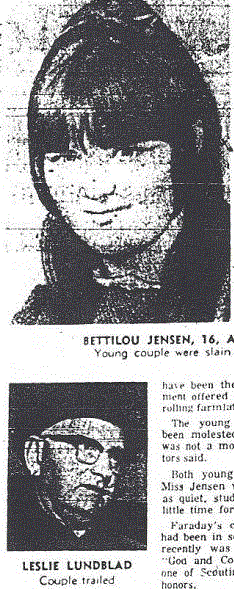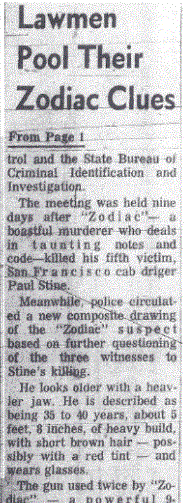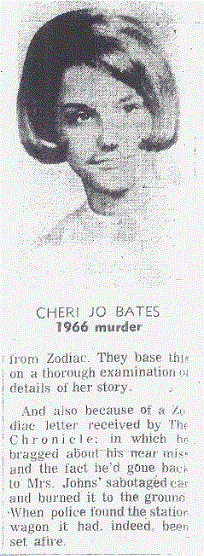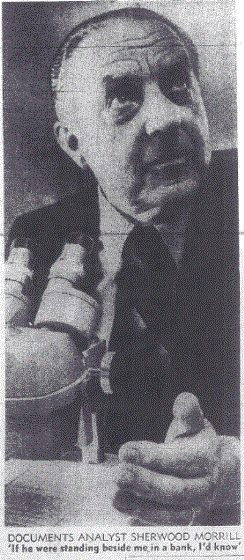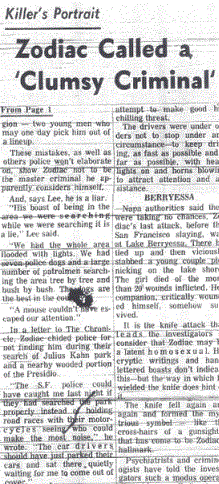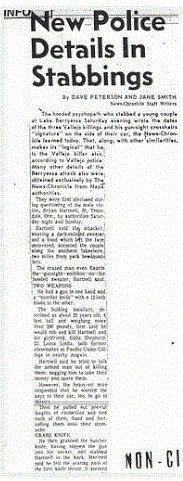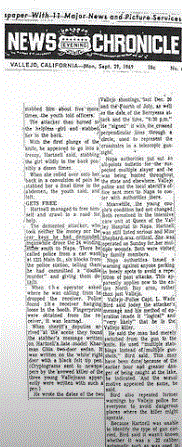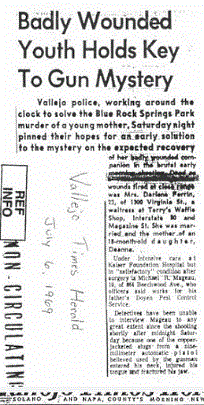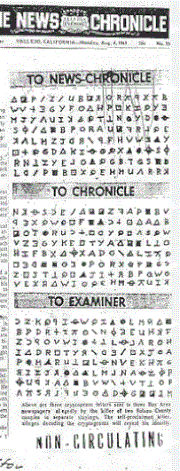Whether James Owen unquestionably heard a gunshot is unknown, because he couldn't state definitively, only "he thought he heard a shot". He also gave two distances between the vehicles, however, it is extremely unlikely the vehicles were ever 3-4 feet apart, for which, one reason will be explained later, the other being that David Faraday was found lying on the turnout floor with his feet nearly touching the right rear wheel of the Rambler and his body extended perpendicular from it, indicating this is likely how he fell. Had the suspect vehicle been 3-4 feet away, David Faraday would surely have struck this vehicle, altering his position to the one discovered by responding officers later that night.
During the attack that night a total of 10 shots were fired, but only 8 bullets were recovered: 5 from the attack on Betty Lou Jensen, 1 from the head of David Faraday and 2 were retrieved from the Rambler. Two bullets were never recovered.
Zodiac author, Robert Graysmith, would claim that the murderer rounded the vehicle and shot a bullet into the left rear wheel well, to herd the couple from the right side of the Rambler. This never occurred, as no shell casings were recovered from the left side of the Rambler, and furthermore, the police themselves released a photograph tracing the path of a bullet as it entered the right rear window and which subsequently lodged in the left rear wheel well. The other bullet entered the headliner of the vehicle, 56 inches from ground level, and traveled virtually horizontal, before striking the upper interior region of the Rambler on the left side.
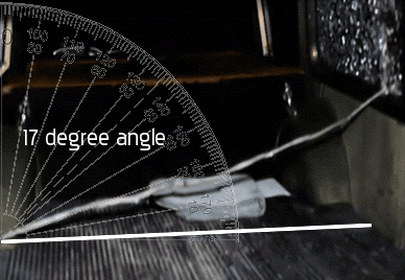
It could be argued that the assailant fired two warning shots, before escalating his threat and firing two shots into the Rambler - although these two shots may equally have been the initial opening gambit of the killer. The final six shots were reserved for the victims, David Faraday and Betty Lou Jensen. David Faraday was gunned down at point blank range by the right rear wheel, with Betty Lou Jensen fleeing in a westerly direction toward the Vallejo edge of the turnout, before succumbing. The following diagram uses trigonometry and the concept of the internal angles of a triangle totaling 180 degrees to calculate any remaining values.
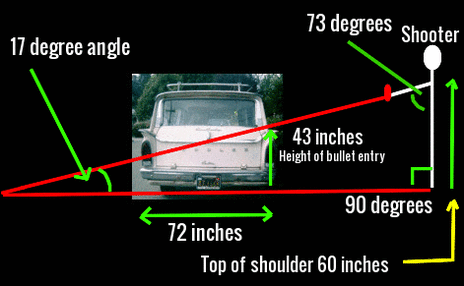
In the trigonometry calculator here, we can place in the 17 degree and 73 degree angles, and the shoulder height or side height of 60 inches. This gives us a value for the distance between the shooter's feet and where the bullet would have struck had it not been impeded by the left rear wheel well of the Rambler. This value is 196 inches. To now get the distance of the shooter from the Rambler, we must calculate the length of the lower red line from the right side of the Rambler to the end of the bullet path, then deduct it from 196 inches. The side height or bullet entry point in the Rambler window is 43 inches and we still have the same two angles of 73 and 17 degrees, so we can now calculate this new distance. This value is nearly 141 inches.
This gives us a shooter distance from the Rambler of 55 inches (196-141), or 4 feet 7 inches. This means with an extended arm, the gun was likely only 25-30 inches from the Rambler window when fired. If, for example, the bullet trajectory is steepened to 20 degrees from the horizontal, this would place the shooter inside of 4 feet. The steeper the angle, the closer the shooter becomes. The height of the Rambler is 57 inches and the shooter's shoulder height is approximately 60 inches, which explains why the other shot into the headliner of the vehicle traveled virtually horizontal with little deviation and therefore failed to exit the glass on the left side of the Rambler. It is extremely likely that this was the first shot fired into the Rambler that night as the assailant exited his vehicle.
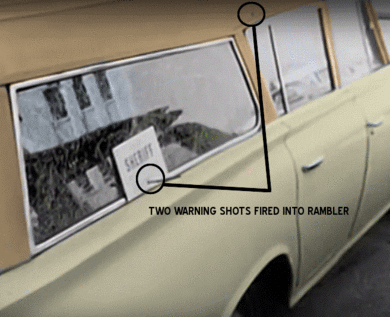
The estimated distance of the shooter from the Rambler and body position of David Faraday at least rules out the suspect vehicle being parked 3-4 feet away, as claimed in James Owen's second statement. But what does this prove? It may just indicate, that the killer never drew up directly alongside the Rambler, but having possibly parked his vehicle slightly back, so that his driver side door was adjacent to the rear door of the Rambler, changing the dynamics of the sequence, and thereby allowing the assailant to discharge these two bullets with reasonable haste upon exiting his vehicle and initiating the attack on December 20th 1968. There are of course multiple ways this attack may have unfolded, but the only thing we know for certain is how it ended.




 RSS Feed
RSS Feed



